Hand grip strength is an essential measure of overall muscular strength and health. It's crucial not only for performing everyday tasks like opening a jar or carrying groceries but also reflects heart health, cognitive abilities, and overall fitness. Here is a comprehensive guide on how to test your hand grip strength.

1. Understand the Importance of Hand Grip Strength
Hand grip strength is an often overlooked aspect of fitness. It's not just about having a firm handshake - a strong grip can benefit everyone, from athletes to elderly individuals seeking to maintain their independence. It can significantly impact your capacity to perform day-to-day tasks and indicates your body's overall muscle health.
2. Get the Necessary Tools
To measure your hand grip strength, you'll need a grip strength tester. This tool is specifically designed to measure grip strength in kilograms or pounds. The device has handles that you squeeze as hard as you can, and it records the force you apply.
3. Prepare for the Test
Before you start the test, it's essential to warm up your hands and fingers to prevent any possible injury. A gentle massage or a few minutes of hand and finger stretching exercises should suffice.
4. Perform the Test
To use the hand held dynamometer correctly, stand up straight and hold the device at your side, not allowing your arm or the dynamometer to touch your body. Ensure that your elbow is straight, but not locked. Squeeze the dynamometer with maximum force without any additional body movement. Record the maximum reading, and then repeat the process with your other hand.
5. Evaluate Your Results
Once you have the results, you can compare them to the average values for your age and gender. Keep in mind that many factors can affect grip strength, including your overall health and physical activity level. If your grip strength is significantly lower than average, it might be a sign of a muscular problem or other health issues.
6. Improve Your Grip Strength
If you're looking to improve your grip strength, consider incorporating hand and finger strengthening exercises into your routine. These might include squeezing a stress ball, performing wrist curls with a dumbbell, or using a grip strengthener.
7. Re-test Regularly
Make sure to re-test your grip strength every few months to track your progress. Improvement in hand grip strength can be a sign of increasing overall strength and health.
By following these steps, you can test your hand grip strength, understand your muscle health better, and take proactive steps to improve if necessary. With consistent effort and the right exercises, you can significantly improve your hand grip strength over time, leading to better overall physical health and functionality.

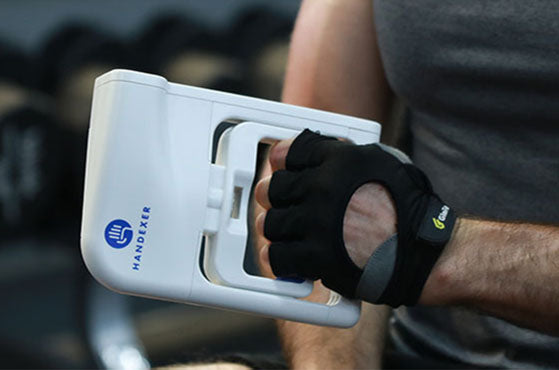
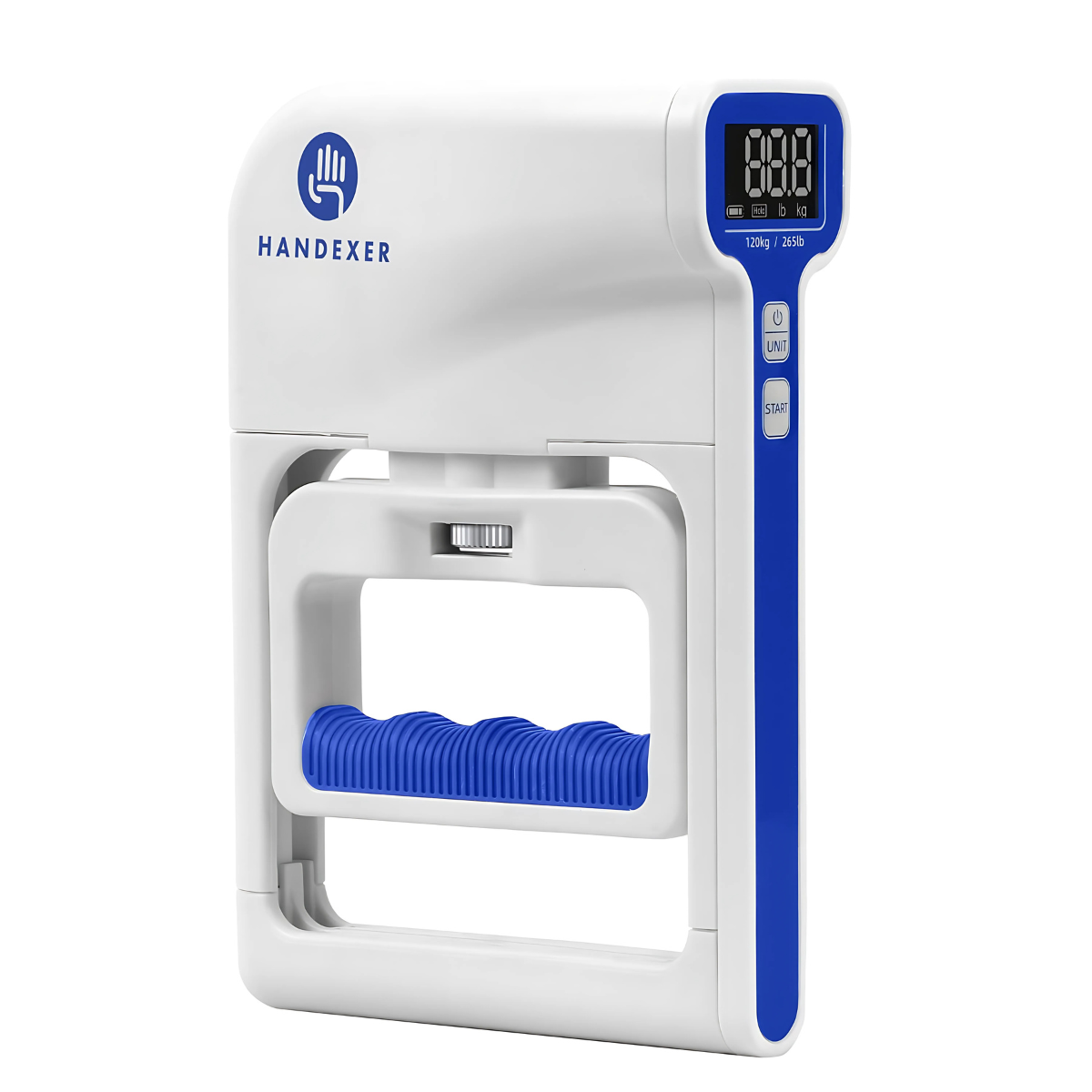
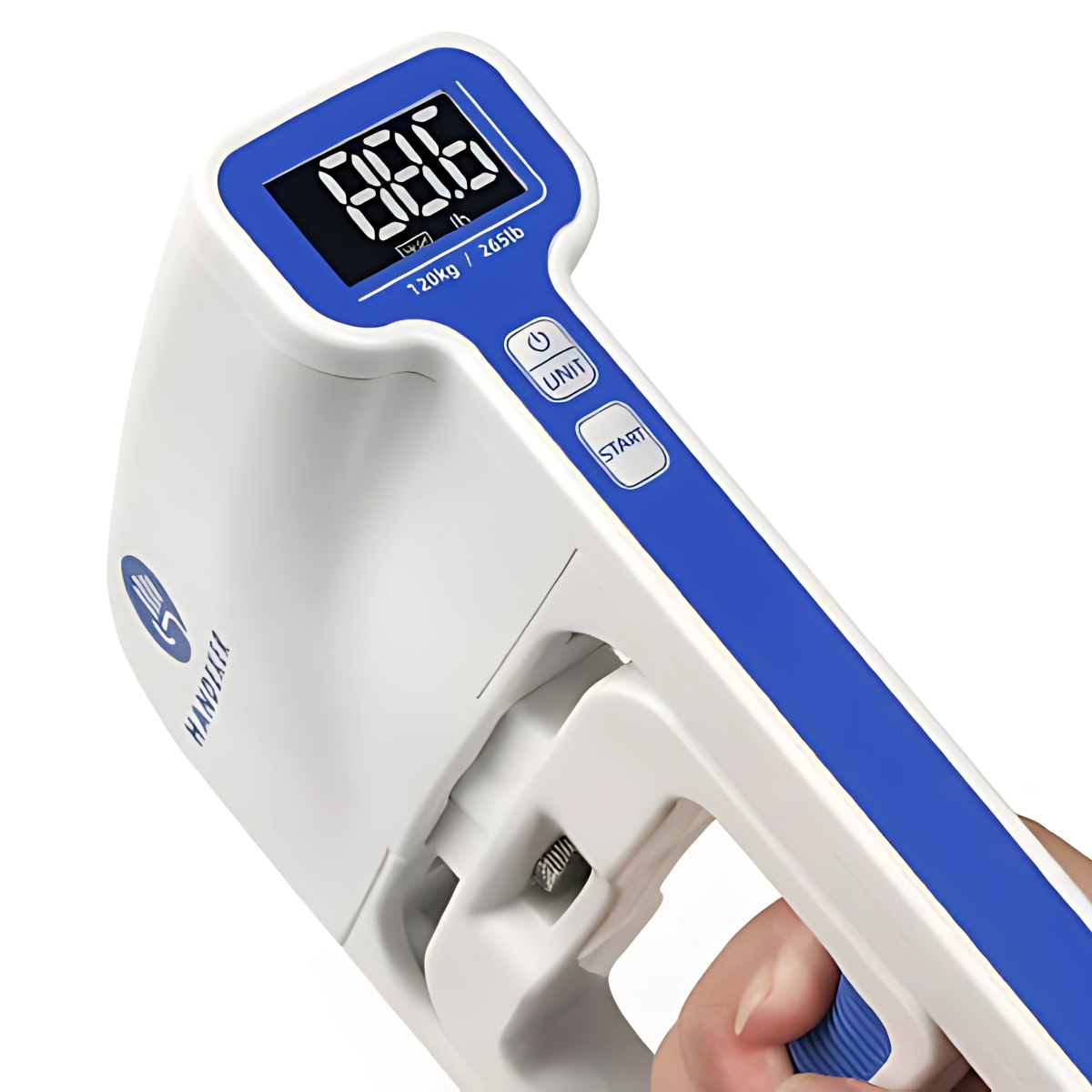
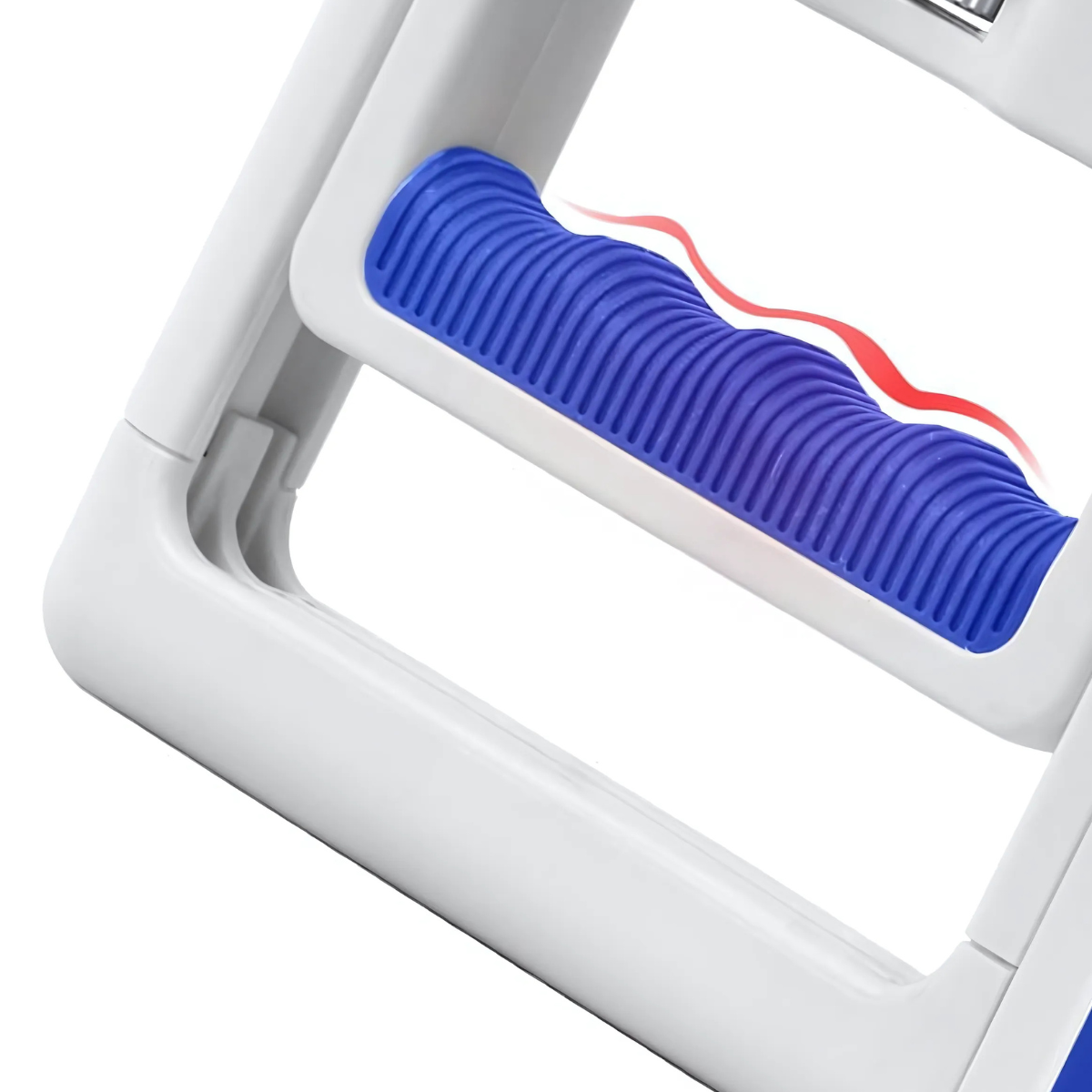
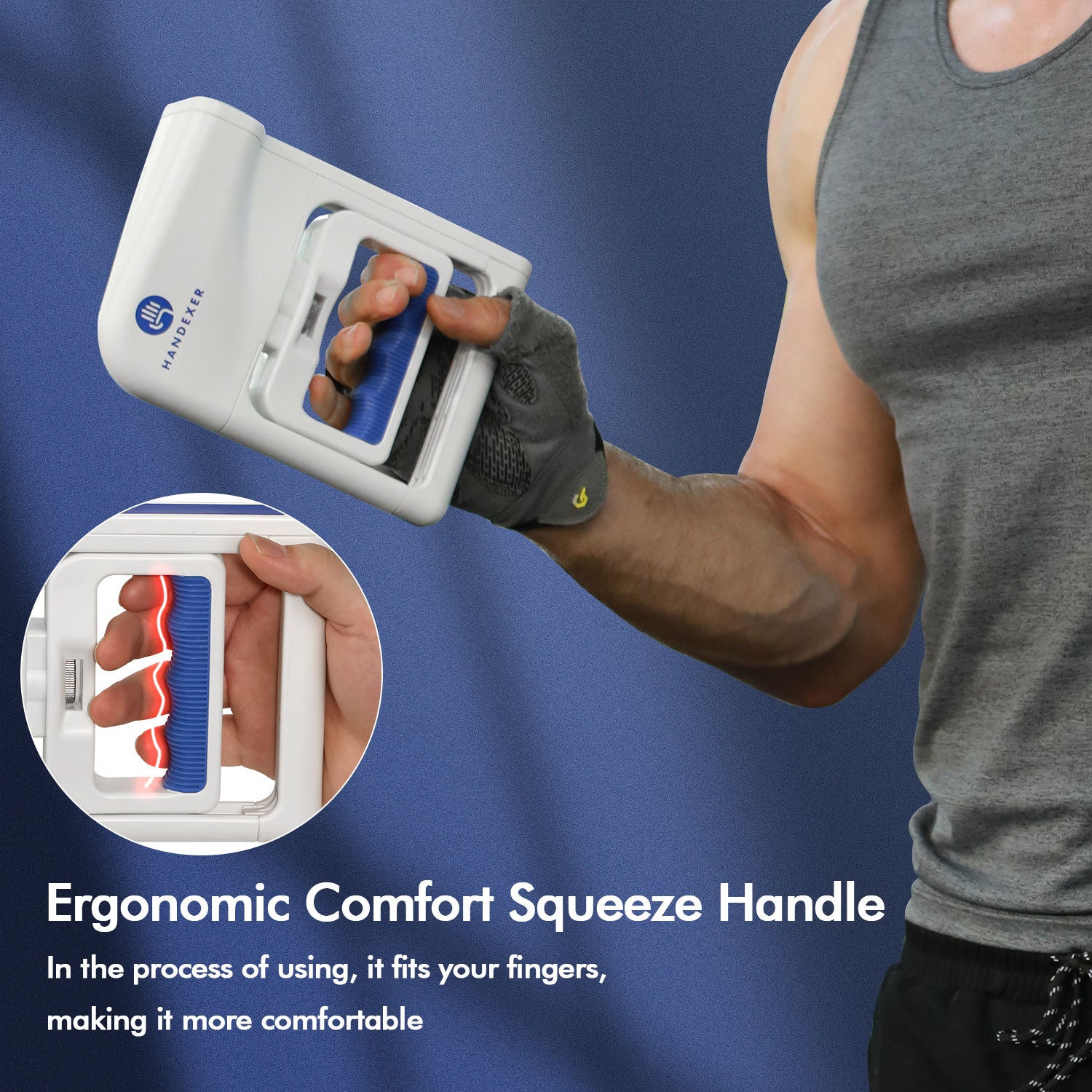


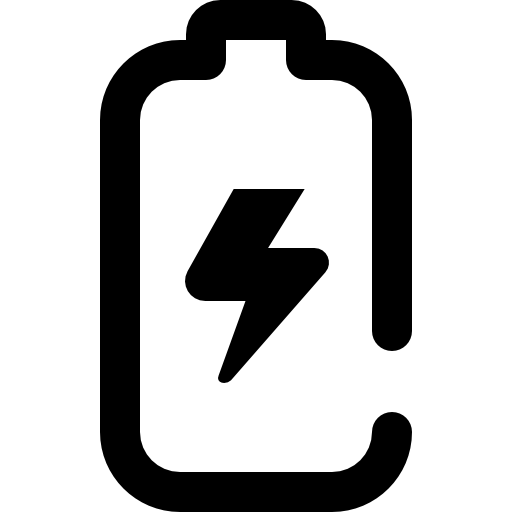

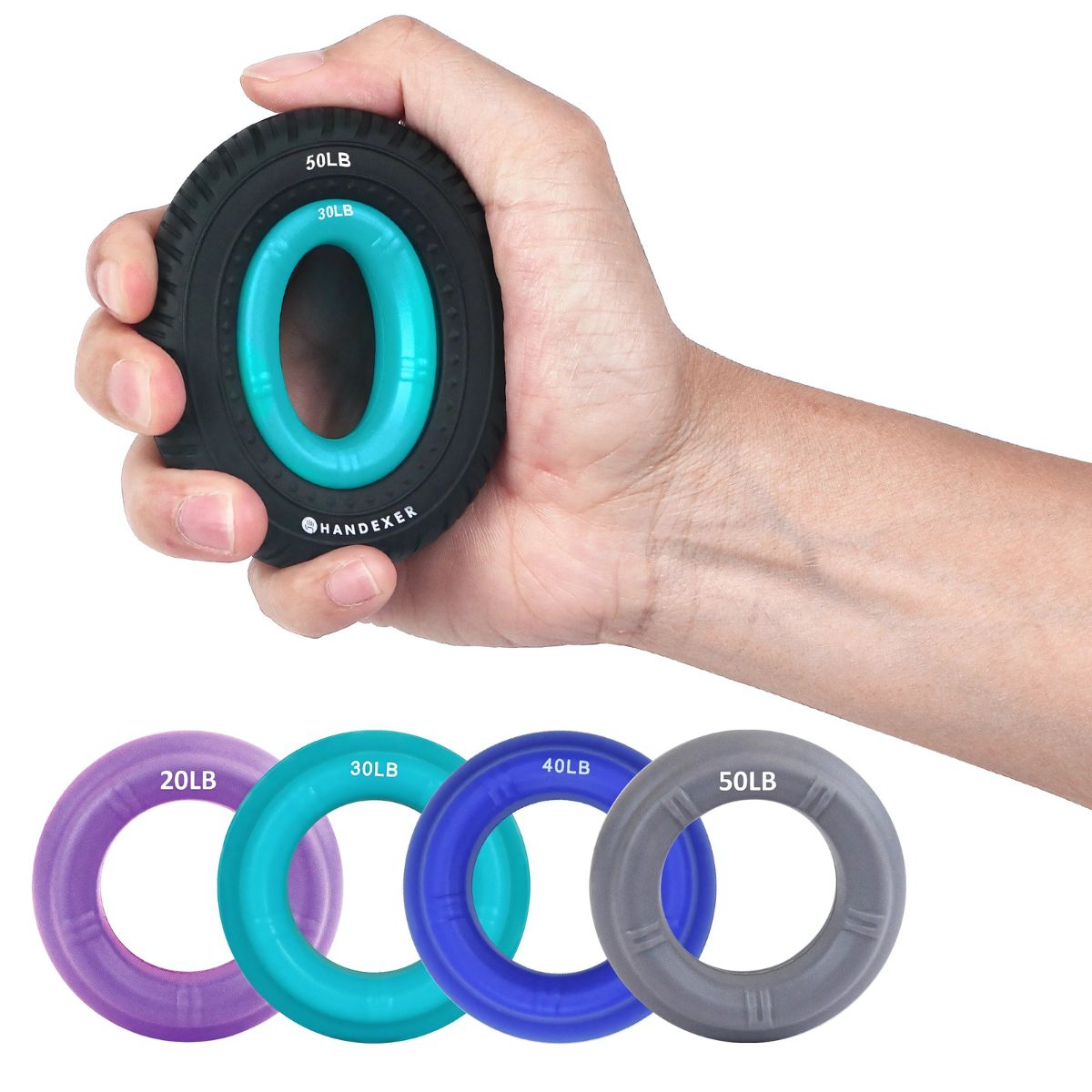
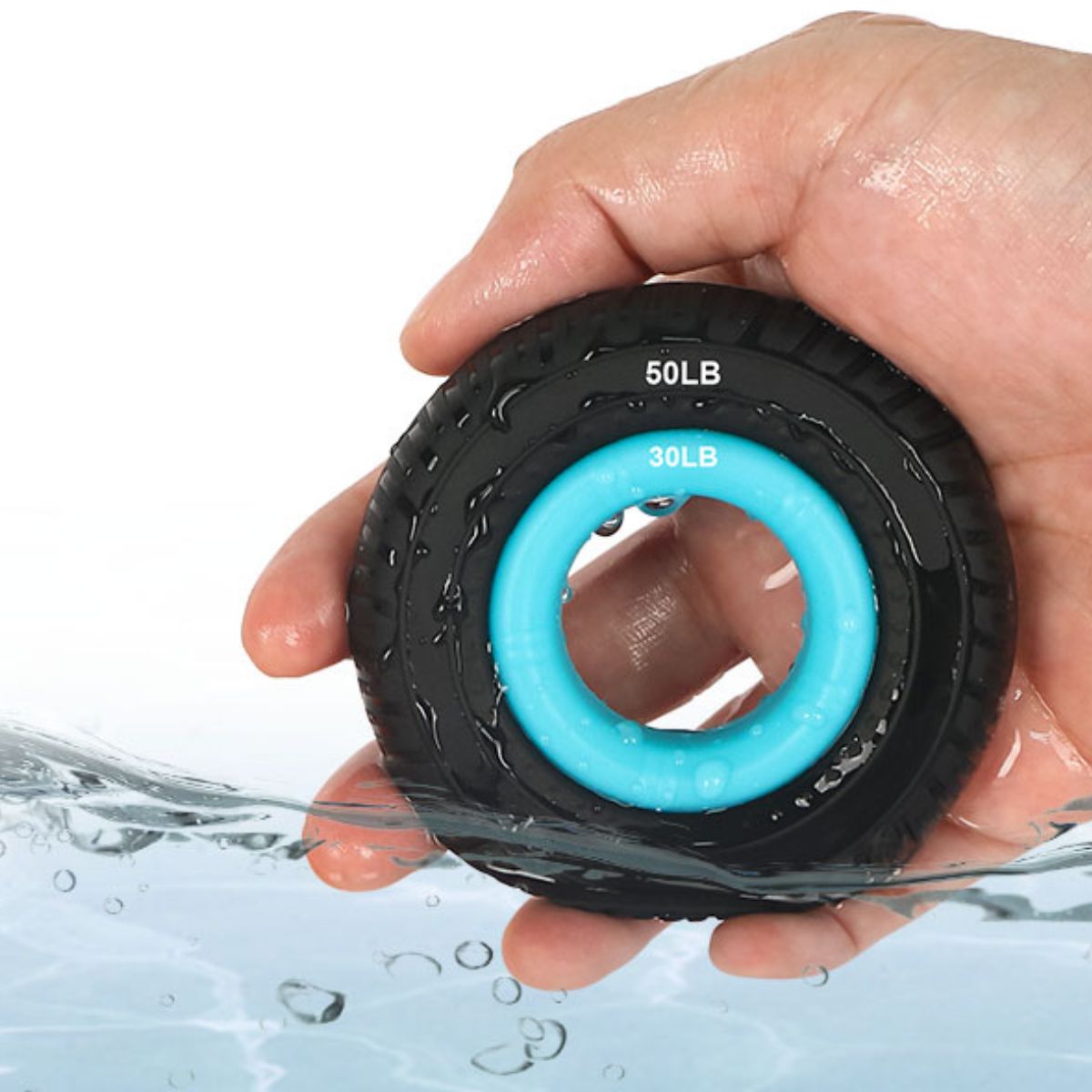
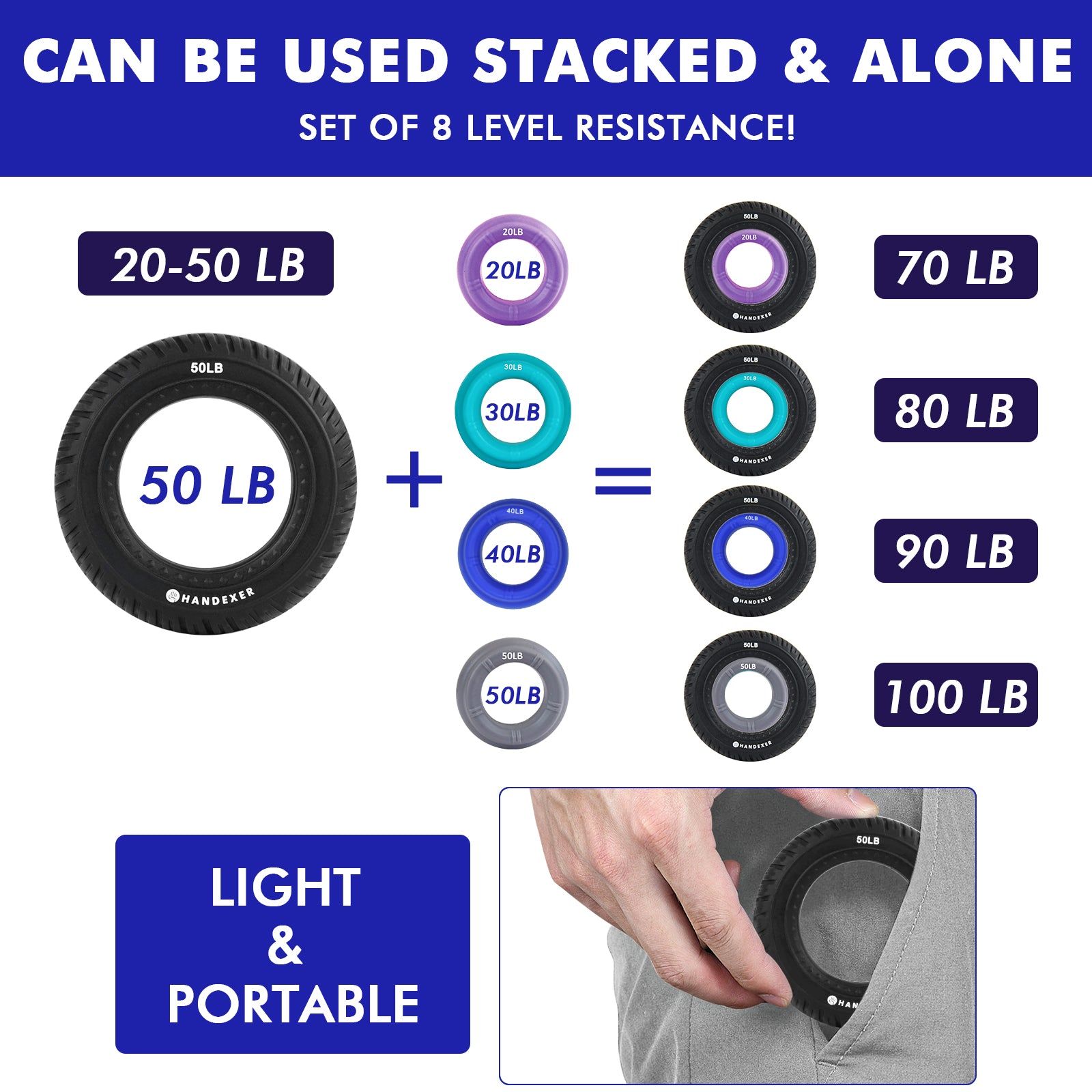
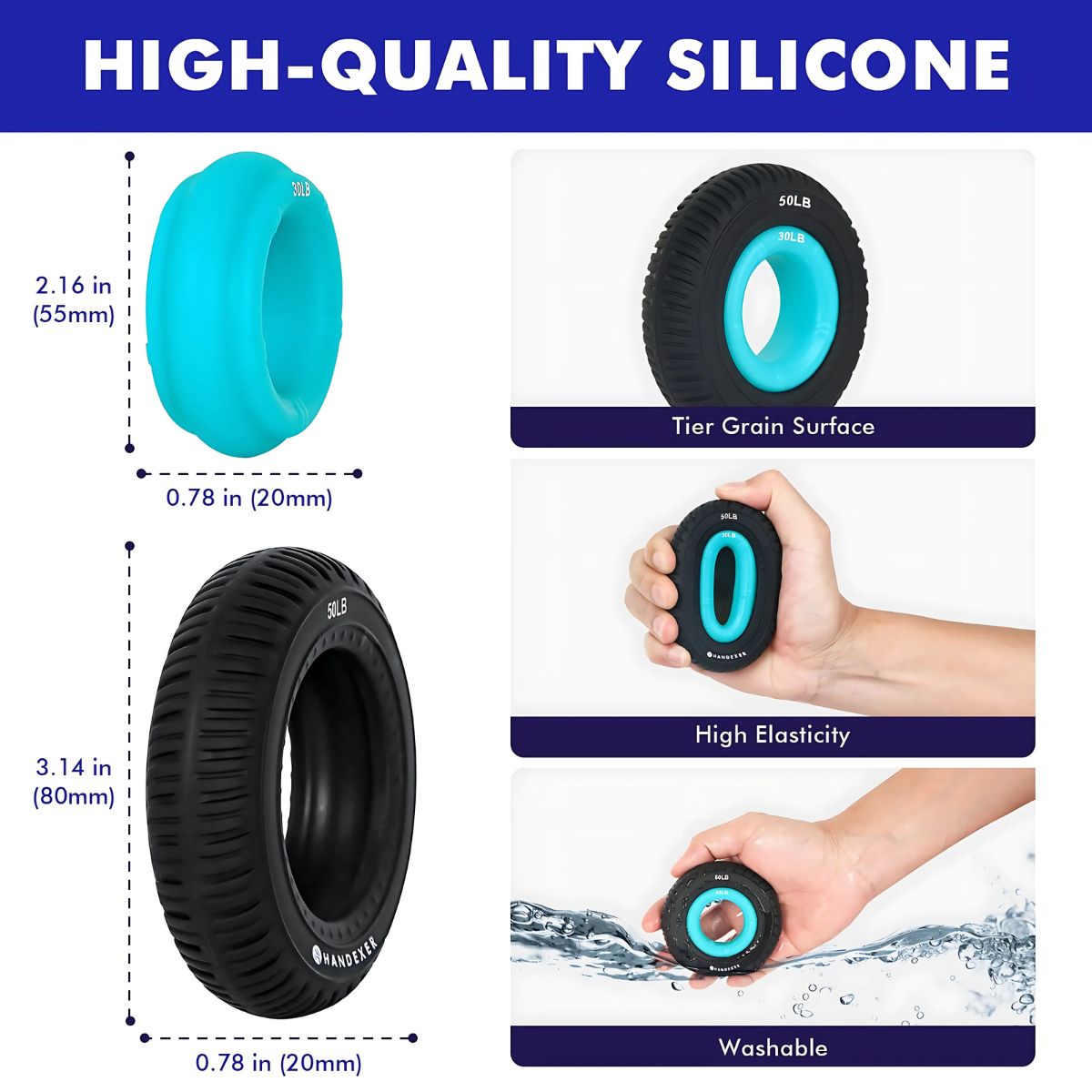

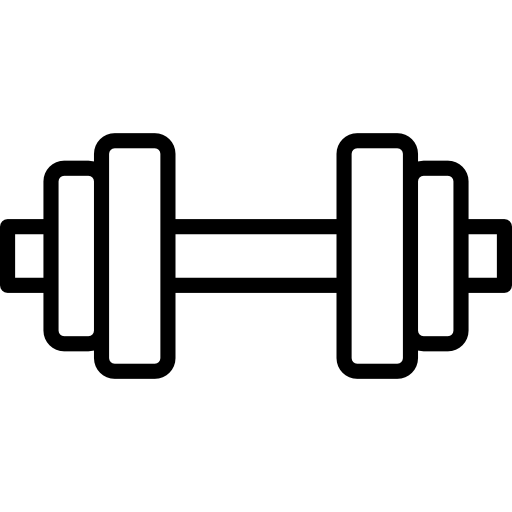

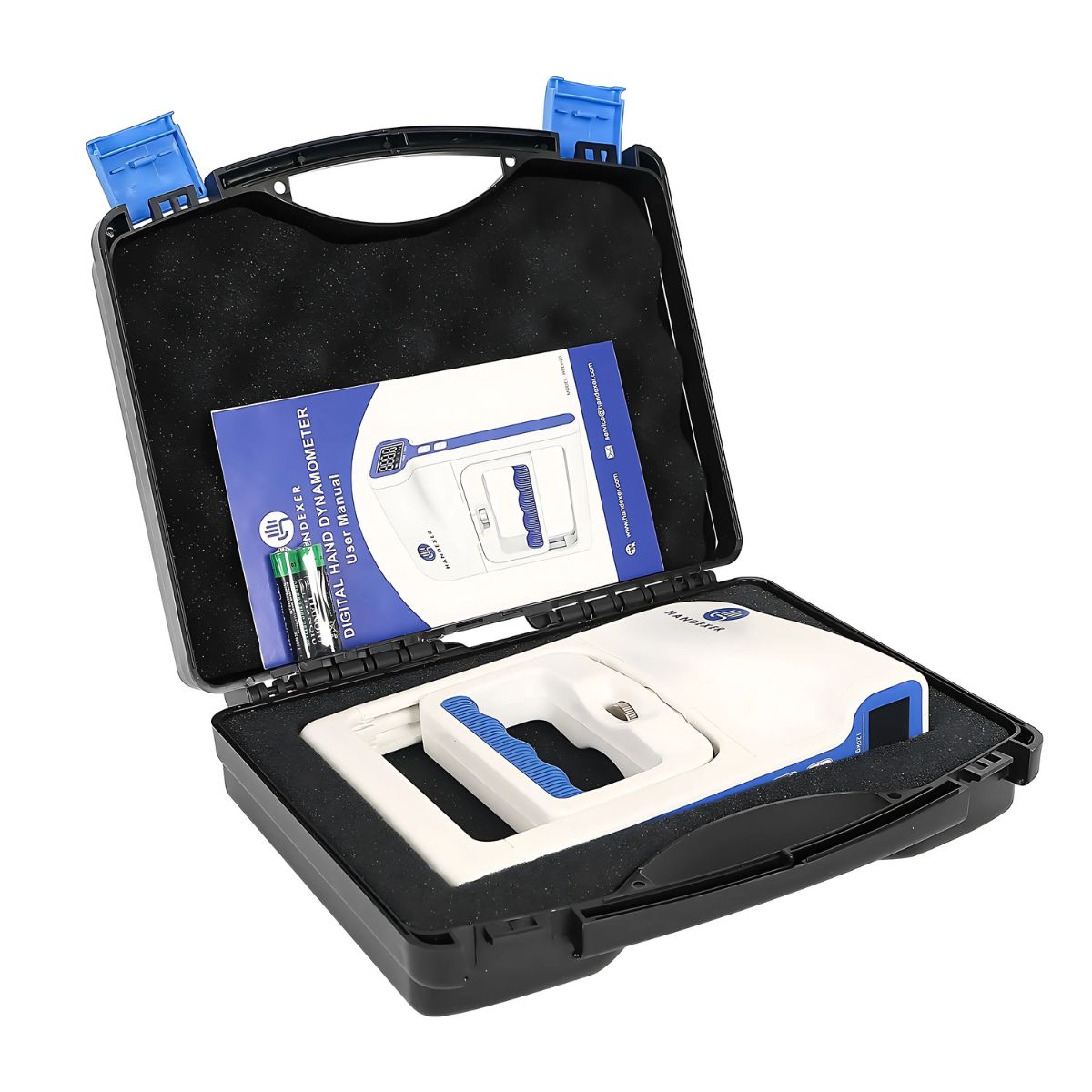
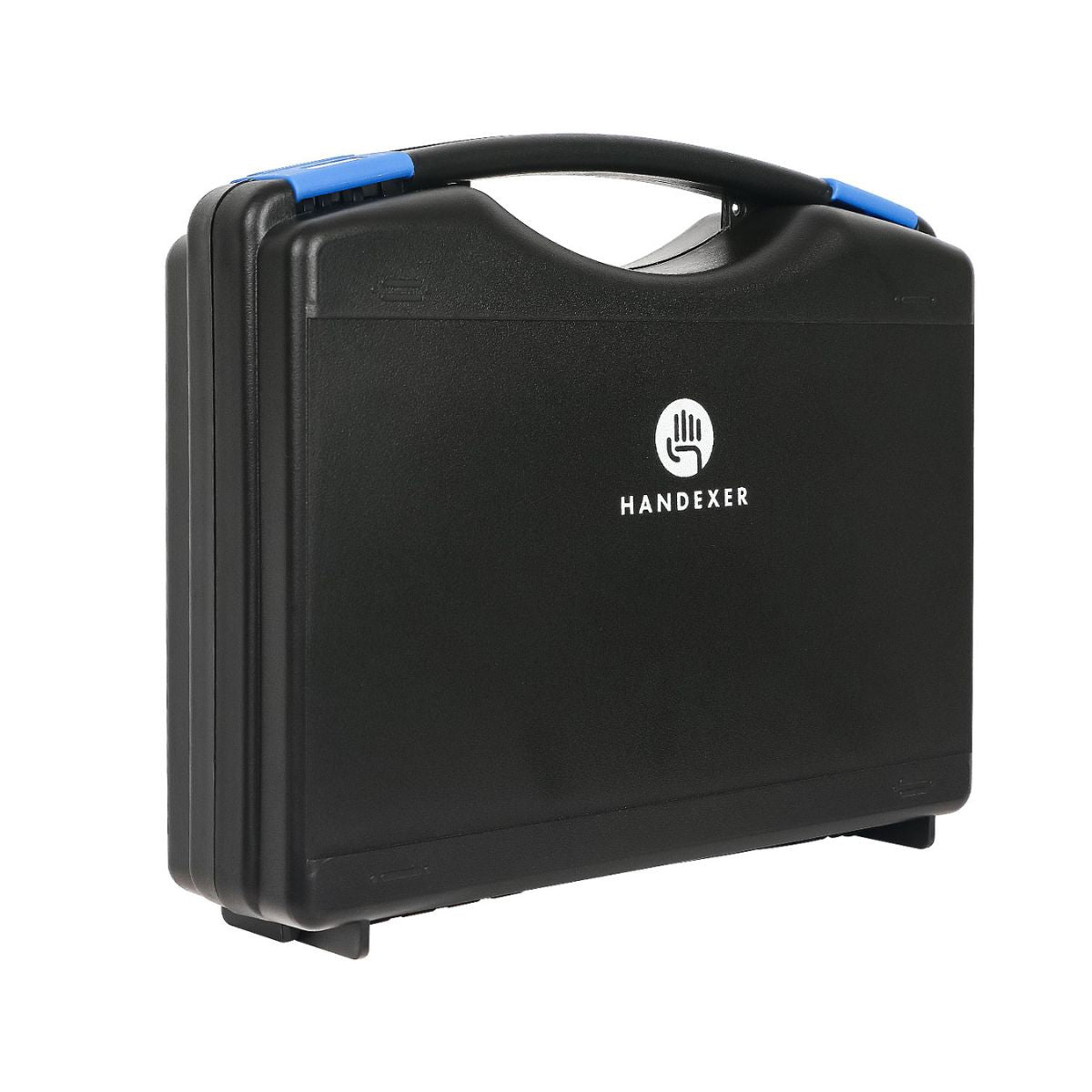
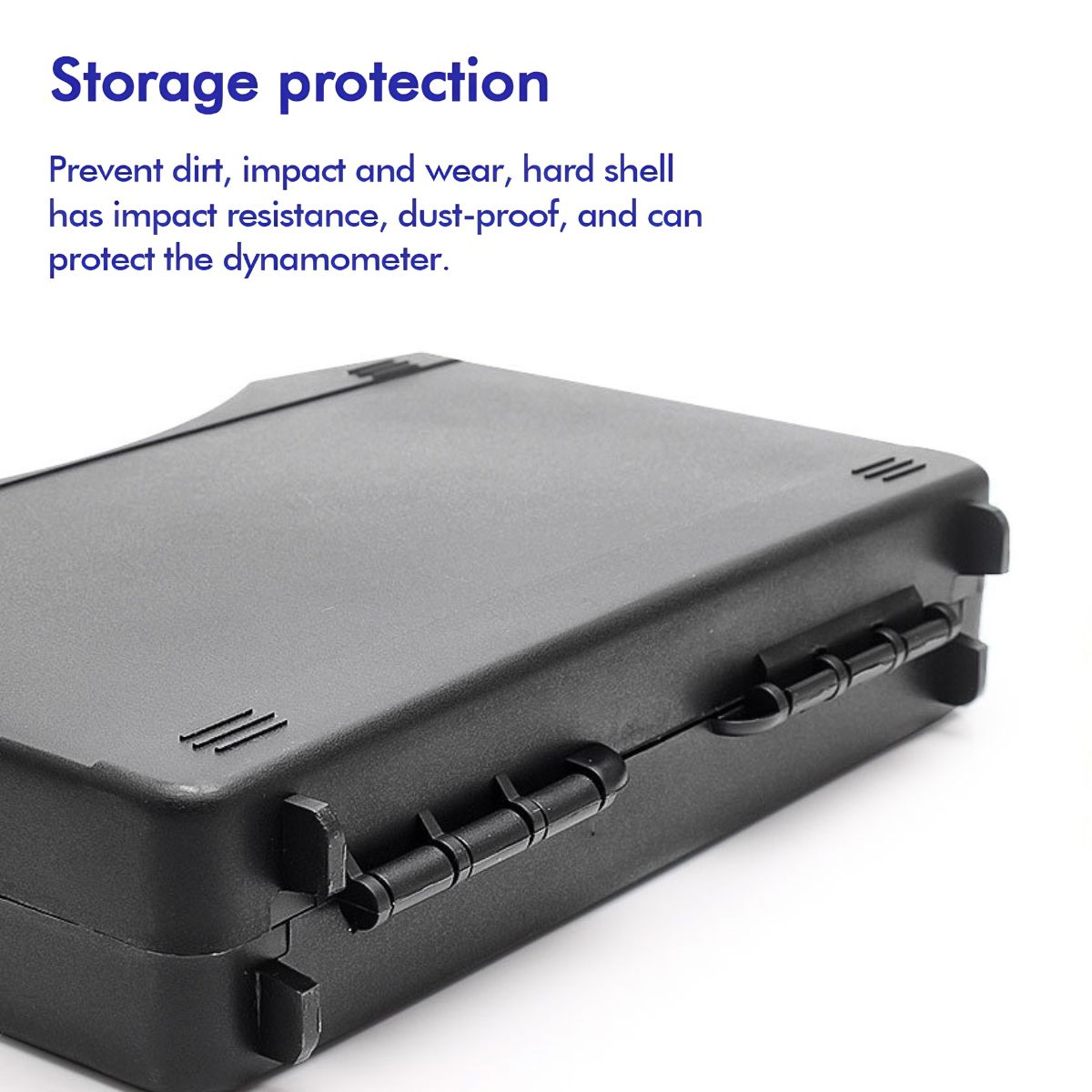


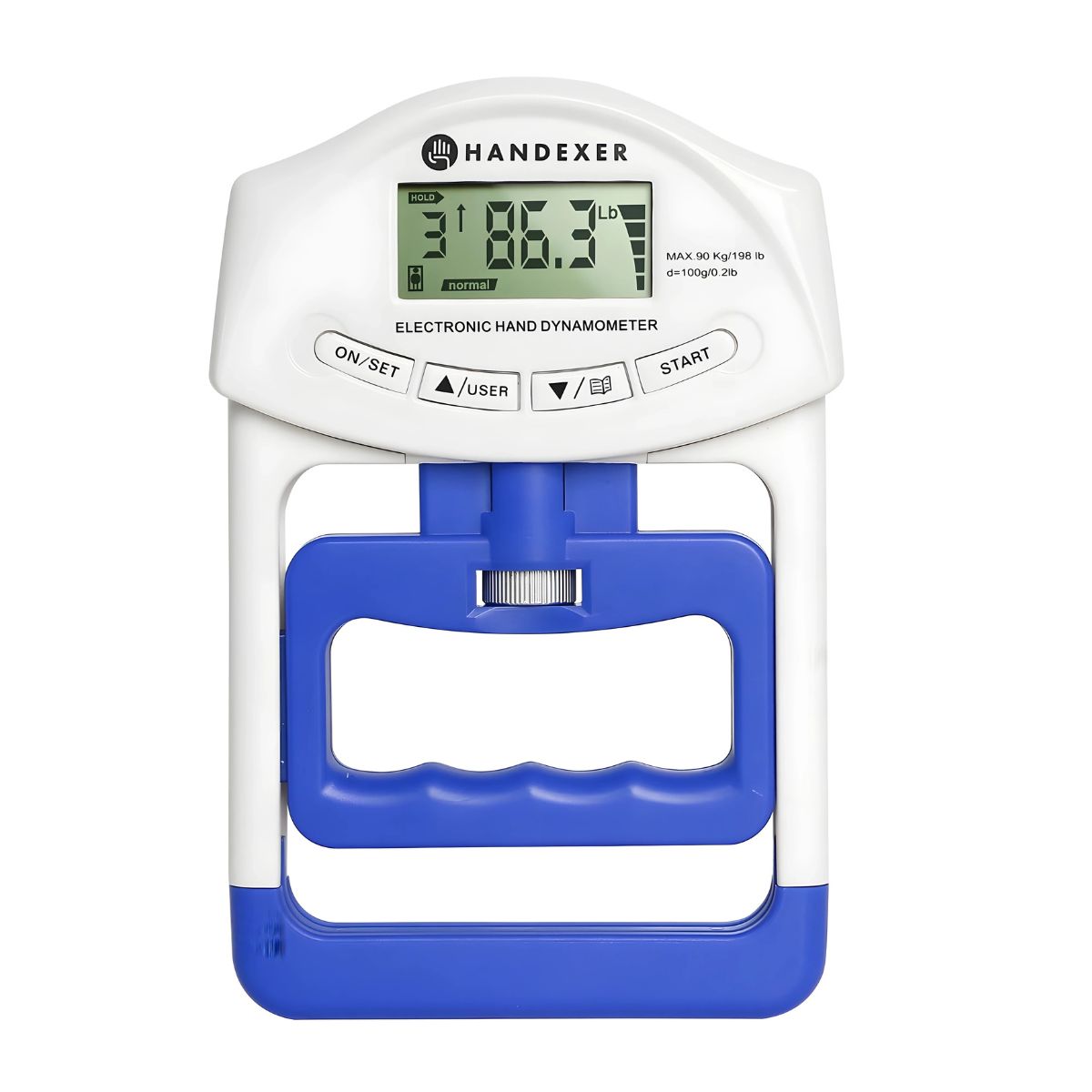
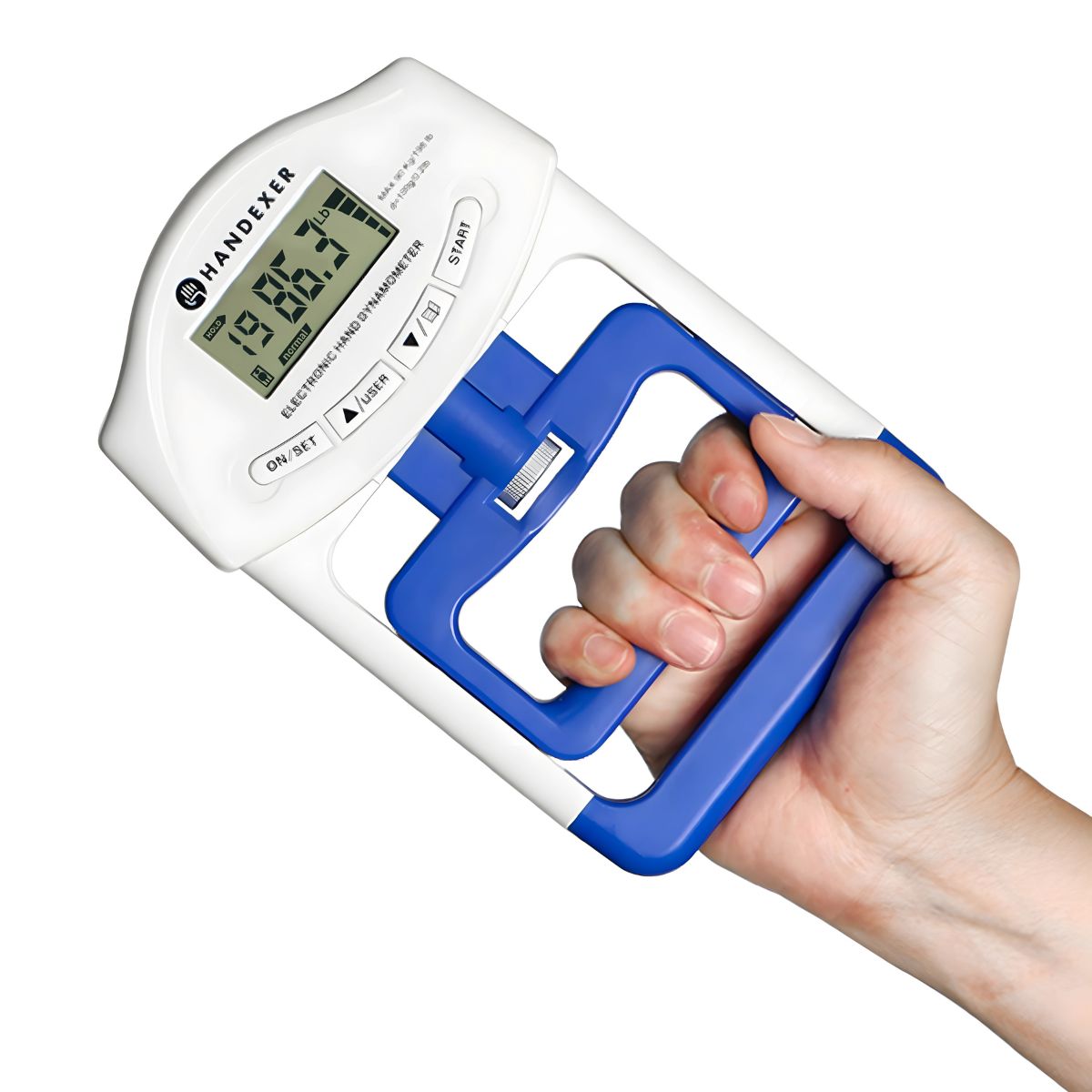
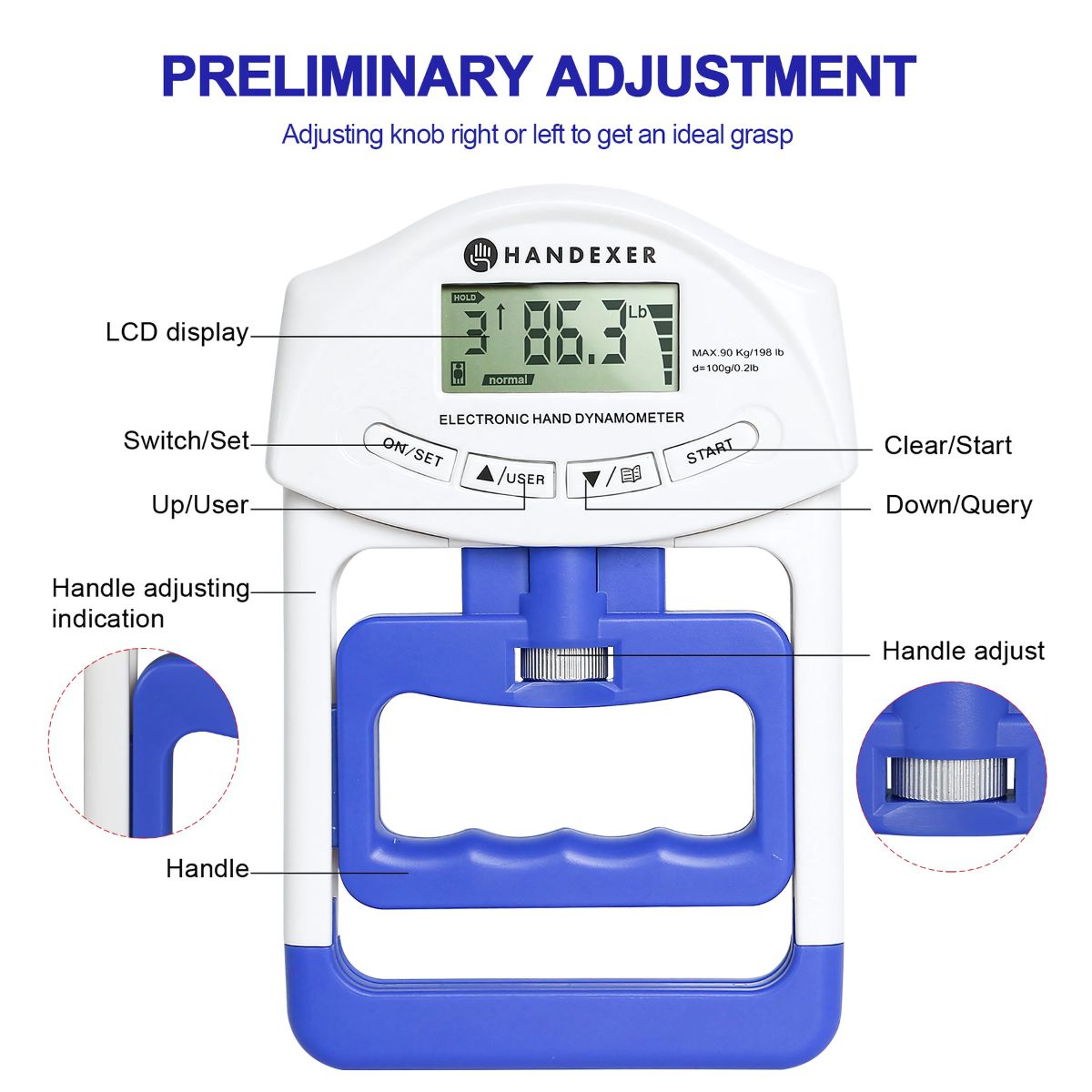
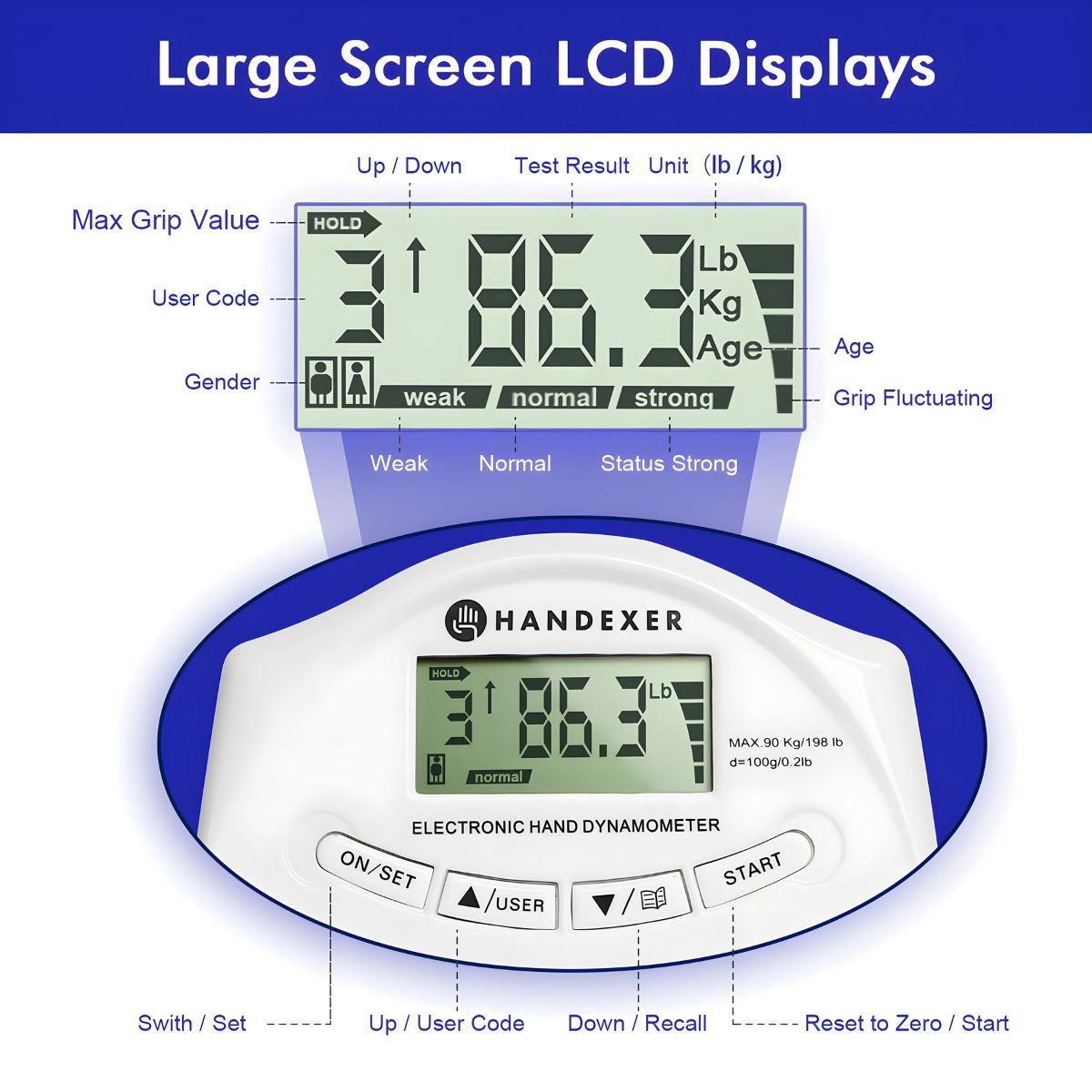

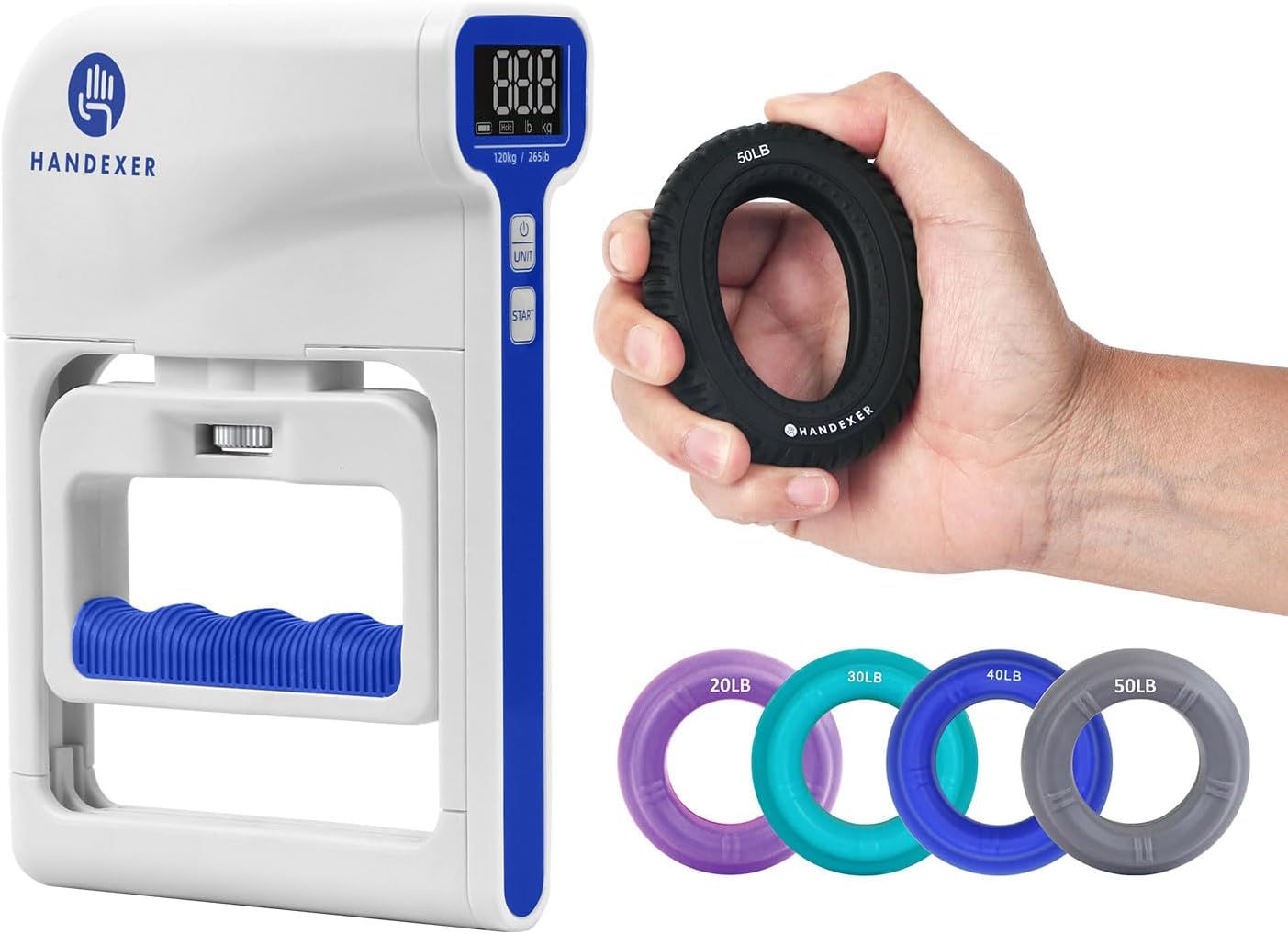
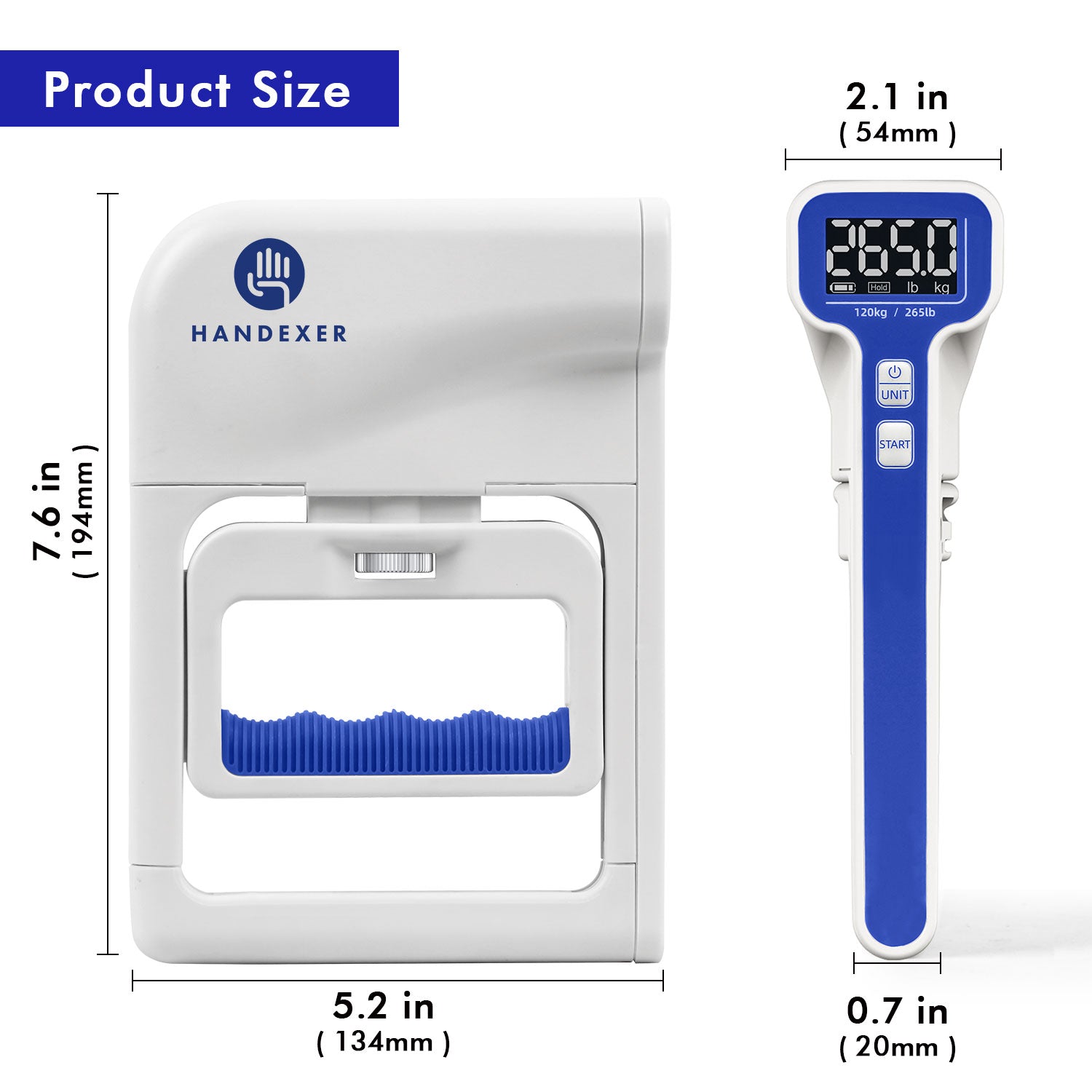




Share:
The Ultimate Hand Grip Workout with the Grip Strength Tester
Grip Strength Dynamometer Standard Norms